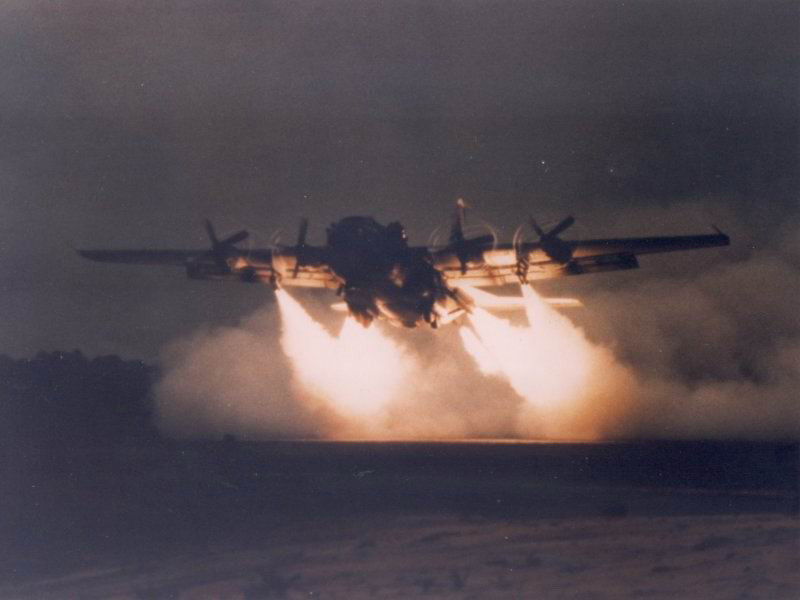The Iranian revolution of 1979 spelled immediate disaster for the American diplomats stranded in the war-torn nation. It is seen as one of CIA’s adverse failures to recognize and take mitigation steps for countering the uprising against the pro-US Shah of Iran. It resulted in hundreds of Americans and embassy staff being taken hostage by the charged mobs running rampant around the city. Now that the situation was out of control, the Americans needed a quick response to try and rescue their stricken people from the center of Tehran itself. For this sensitive mission, the US Navy and US Air Force were locked in operational rivalry to figure out who conducts the mission. The problem with Air Force was that it didn’t have enough vertical take-off capability like the Navy did, but it argued that the Navy’s choppers might not be effective since the mission had to be conducted swiftly without the enemy knowing. This was when several bizarre ideas were proposed to the Reagan administration, and he approved them. The most absurd of them involved modifying a C-130 with rocket boosters to shorten its take-off and landing limitations.
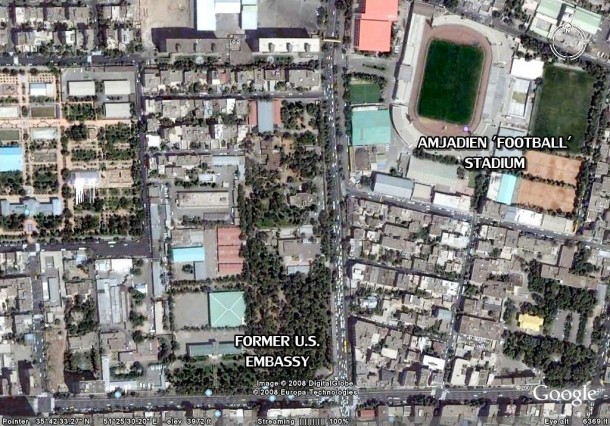
The Navy wanted to use its RH-53D attack choppers for this purpose, and since they presented a safer alternative to the C-130, they were chosen ahead and became the part of the famous ill-fated Operation Eagle Claw. That operation ended with eight commandos dead in the middle of the Iranian desert airstrip that was the checkpoint one since an RH-53D crashed into a fuel-laden transport plane. As a result of this huge disaster, the Pentagon officials began to look into alternatives, and that put the Short take-off C-130 program back into the pipeline.
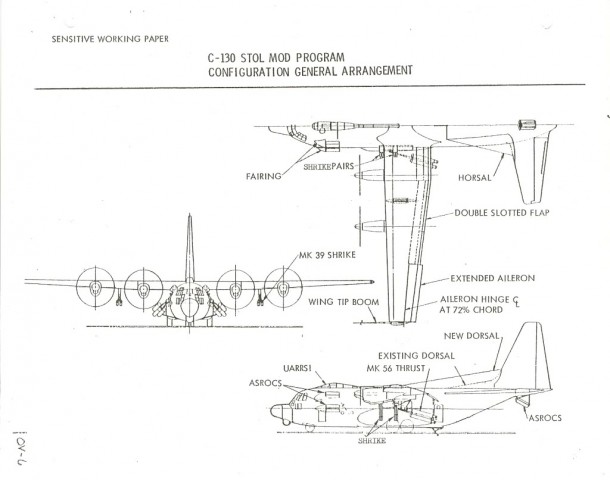
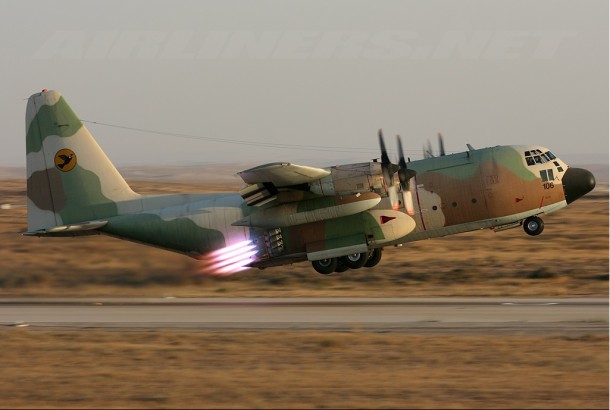
(Facebook video below may take a few seconds to load)
Modified C130Modified C130
Posted by Technology Today on Monday, November 9, 2015
The military planners had figured out before that the best shot at evacuating the hostages was the Amjadien stadium present in the vicinity of the American Embassy in Tehran. The special forces would disembark from the aircraft and the make way to the embassy and free the incarcerated Americans and bring them back to the stadium where they will be hurled into the planes and then they would take-off before Iranian Air Force can take action. But, there was this “small problem”. Normally C-130 needs a 3000-yard airfield from which to take-off, but the stadium could only provide 100 yards of it, both for take-off and landing!
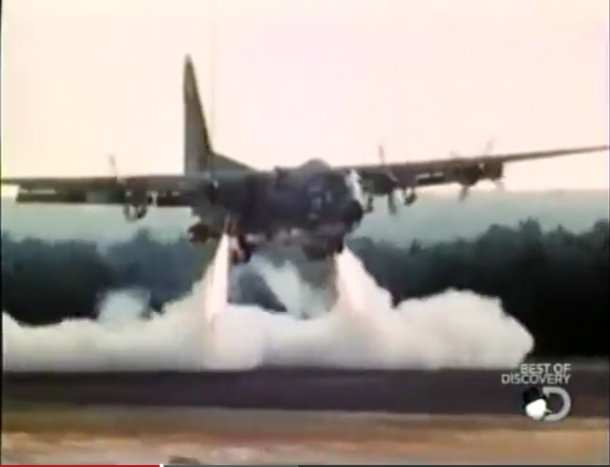
The Pentagon commissioned a program that would see rocket motors installed on either side of the C-130 and Lockheed Martin was tasked with it. Within two months, they had the prototype ready and were working on its full swing since the hostage crisis had worsened. This operation codenamed Credible Sport was the need of the hour. The rocket motors were fixed on the wings and the fuselage, and according to the to design team, they will be used for both cushioning the landing and during take-off. The top secret modified XC-130s also had heavily modified wings so that they could generate extra thrust needed for this crucial mission. There were 20 Navy personnel, 50 Air Force Personnel and over a thousand civilians working dedicatedly for this project. Four months after, the first flight took place, and the results were both encouraging and positive. The aircraft got airborne within 150-feet after break release, and this was approximately the same capability required by the mission. But, on the next flight, the modified rocket beast crashed down in spectacular fashion which resulted in no casualties, but the plane was damaged beyond repair, and thus, the development took a hit.
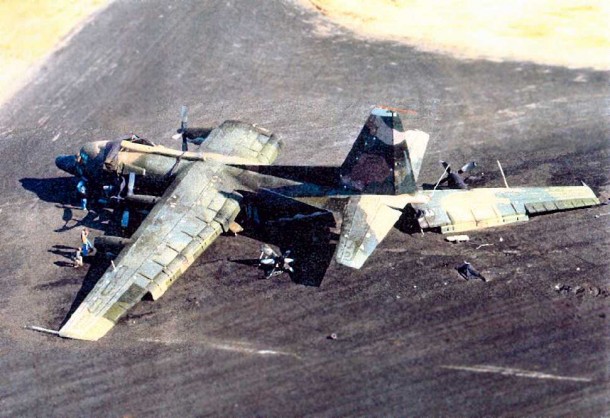
Here is a Youtube video
In January 1981, after a successful diplomatic intervention, Iran’s revolutionary regime headed by Ayatollah Khomeini agreed to release the remaining American prisoners and thus the crisis ended. But, the rapid development of the USAF’s C-130 program resulted in many technological benefits including the making of Tilt-roted V-22 Osprey although it had no rockets.

